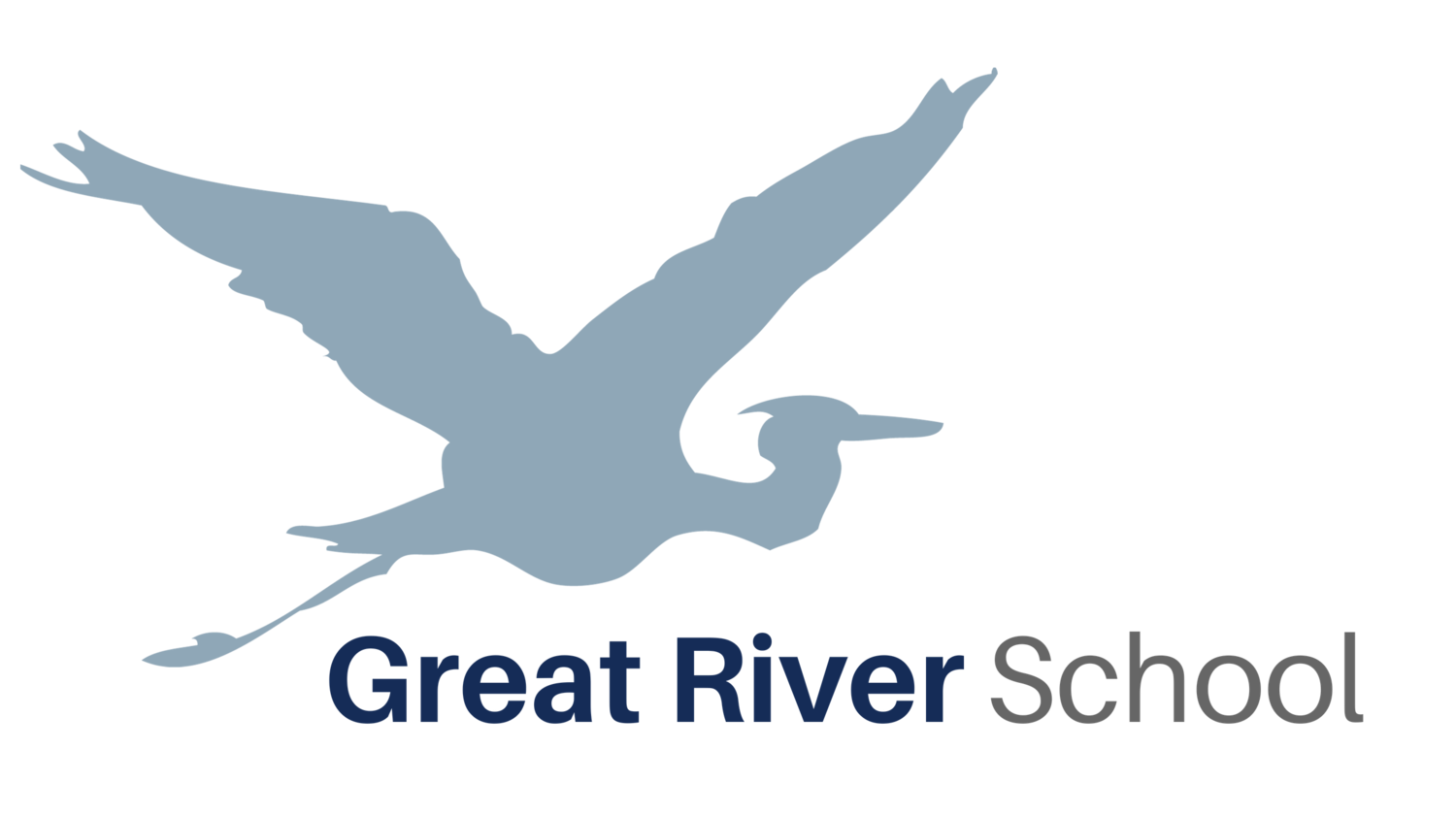Written by Meggie Exner, Swan River Guide
Big work is work that takes up much time, space, or mental fortitude to complete. Elementary children in particular are drawn to the challenge of big work. While guides suggest ideas for follow-on after lessons, children are given the freedom to choose how they would like to practice what they have learned - and often what they choose far exceeds our expectations.
Big work appeals to elementary children and supports their learning for several reasons. Children of this age are especially interested in group work. Big work provides an opportunity for children to collaborate in a meaningful way and practice the social skills needed to come to group decisions. Since Montessori classrooms bridge three grade levels, big work is also a source of inspiration to the younger students in the classroom as they look up to their older peers and the quality of work to which they can aspire. By the same token, big work provides older students with opportunities for leadership and confidence-building.
While big work can emerge at any time as an offshoot from a lesson or an individual’s personal interest, the Upper Elementary program weaves big work into part of our classroom culture through annual big projects. During the first semester, all 6th years worked on their Imaginary Island projects. Imaginary Island is a summative big work during which children come up with their own imaginary island after researching an existing reference island in detail. As children consider the climate and biomes of their island, what imaginary flora and fauna might live there, and their island’s government and tax money expenditures, they draw on their geography, biology, and history work from their previous years in the elementary program. This spring, all upper elementary children will be designing and running experiments to be shared with families during our end-of-the-year Science Fair. We have been thrilled to watch the children delve into these projects with enthusiasm, deepening their understanding while modeling the joys of learning with others.

